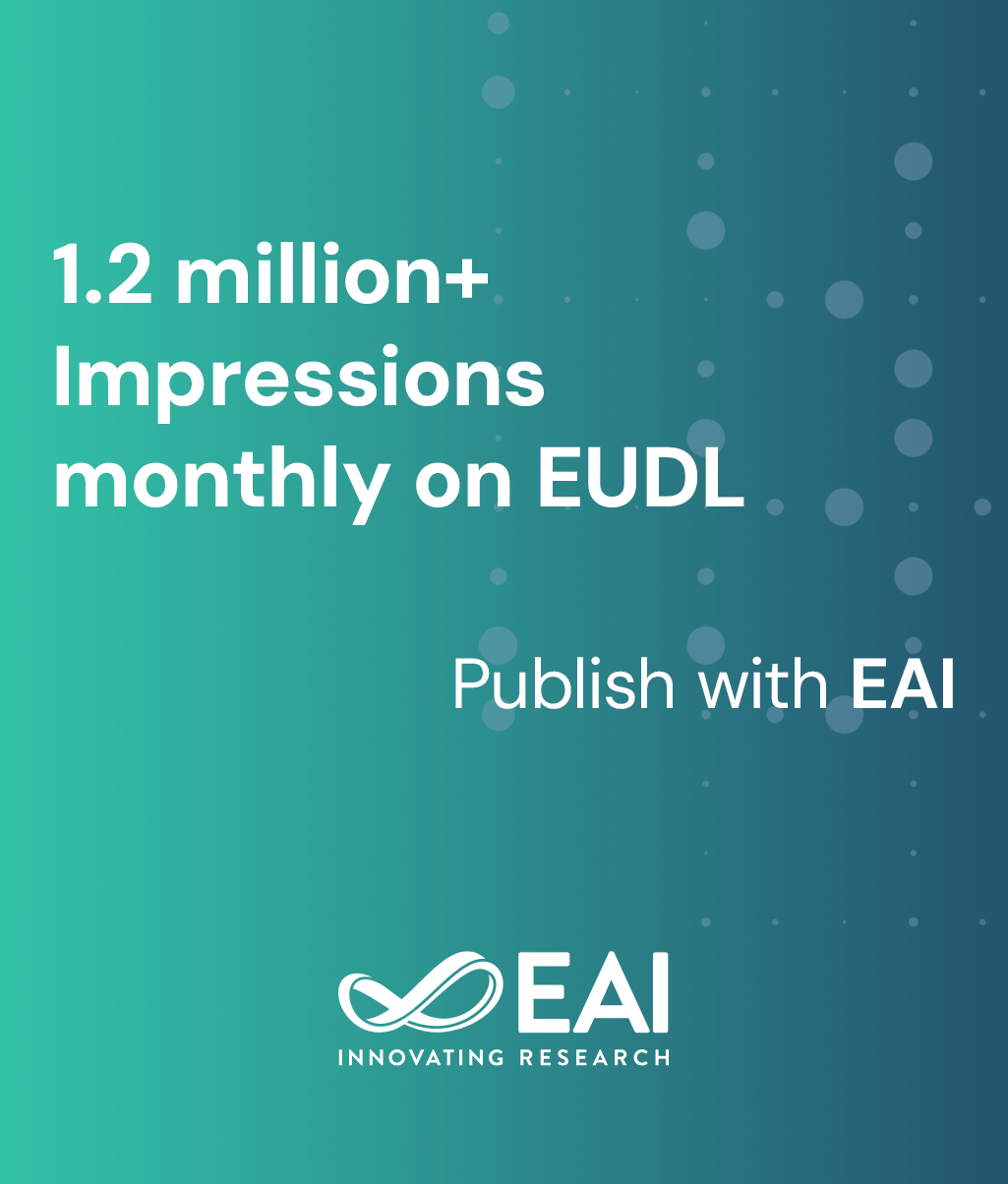
Research Article
Quantum AI for Dark Web Narcotics Detection: A Hybrid Cybersecurity Framework
@ARTICLE{10.4108/airo.10248, author={Gabriel Silva-Atencio}, title={Quantum AI for Dark Web Narcotics Detection: A Hybrid Cybersecurity Framework}, journal={EAI Endorsed Transactions on AI and Robotics}, volume={4}, number={1}, publisher={EAI}, journal_a={AIRO}, year={2025}, month={10}, keywords={Quantum Machine Learning, Dark Web Analaytics, Cybersecurity Framework, Quantum-Classical Hybrid Systems, Counter-Narcotics Intelligence, Ethical AI Governance}, doi={10.4108/airo.10248} }- Gabriel Silva-Atencio
Year: 2025
Quantum AI for Dark Web Narcotics Detection: A Hybrid Cybersecurity Framework
AIRO
EAI
DOI: 10.4108/airo.10248
Abstract
Through a six-month operational deployment with law enforcement agencies, this study introduces the Quantum Threat Detection Model (QTDM), a groundbreaking hybrid quantum-classical framework that exhibits quantifiable quantum advantage in counter-narcotics cybersecurity. The framework integrates NISQ-era quantum processors with dynamic workload partitioning and quantum kernel techniques to overcome significant constraints of conventional AI systems in the analysis of encrypted dark web transactions. Three groundbreaking contributions are shown via empirical validation: (1) 94.3% (±1.2%) classification accuracy for dark web drug transactions, which is 5.8 times faster than traditional GPU clusters in processing encrypted data; (2) finding a 10-qubit performance plateau and a 0.5% error rate threshold, which establishes ideal boundaries for resource allocation in NISQ-era implementations; and (3) the first GDPR/CCPA-aligned ethical governance protocol for quantum-powered surveillance, which includes algorithmic bias monitoring and quantum warrant procedures. Operational findings include 76% early detection rate for synthetic opioids, 92% adversarial resistance against GAN-generated obfuscation, and 42% improvement in trafficking network identification. The QTDM framework lowers the threat detection latency from 47 minutes to 8.2 minutes while processing 2.4 million transactions per day with 98.7% uptime. By offering a technological architecture and policy framework for the ethical implementation of quantum technology in international security applications, this study establishes quantum cybersecurity as an operational reality rather than a theoretical potential.
Copyright © 2025 Gabriel Silva-Atencio et al., licensed to EAI. This is an open access article distributed under the terms of the CC BY-NC-SA 4.0, which permits copying, redistributing, remixing, transformation, and building upon the material in any medium so long as the original work is properly cited.


